Three rays of light — red (R), green (G) and blue (B) — are incident on the face AB of a right-angled prism ABC. The refractive indices of the material of the prism for red, green and blue wavelengths are 1.39, 1.44 and 1.47, respectively. Trace the path of the rays through the prism. How will the situation change if these rays were incident normally on one of the faces of an equilateral prism ?

Critical angle for a light ray is given by , or
Critical angle for red ray
Critical angle for green ray
and Critical angle for blue ray
On the basis of above data, the paths of different coloured rays will be as shown below in the Fig. 9.75. Blue and green rays are totally internally reflected from the diagonal face of prism but red rays is refracted. For an equilateral prism [A = 60°] if the light rays were incident normally on one of the face, they will go straight [i.e., i = 0° and = 0°] and strike the second face of prism making an angle = 60° - 0° = 60°. Consequently, all the three rays (of blue, green and red colour) will suffer total internal reflection. So, there will be no transmitted light at all.

Related Playlists
- BOOK - U-LIKE SERIESCHAPTER - RAY OPTICS AND OPTICAL INSTRUMENTSEXERCISE - LONG ANSWER QUESTIONS-II9videos
RAY OPTICS AND OPTICAL INSTRUMENTS
- BOOK - U-LIKE SERIESCHAPTER - RAY OPTICS AND OPTICAL INSTRUMENTSEXERCISE - SELF ASSESSMENT TEST (SECTION A)(MULTIPLE CHOICE QUESTIONS)5videos
RAY OPTICS AND OPTICAL INSTRUMENTS
- BOOK - U-LIKE SERIESCHAPTER - RAY OPTICS AND OPTICAL INSTRUMENTSEXERCISE - SHORT ANSWER QUESTIONS54videos
RAY OPTICS AND OPTICAL INSTRUMENTS
- BOOK - U-LIKE SERIESCHAPTER - NUCLEIEXERCISE - Self Assessment Test10videos
NUCLEI
- BOOK - U-LIKE SERIESCHAPTER - SEMICONDUCTOR ELECTRONICS : MATERIALS, DEVICES AND SIMPLE CIRCUITSEXERCISE - SECTION B1videos
SEMICONDUCTOR ELECTRONICS : MATERIALS, DEVICES AND SIMPLE CIRCUITS
Similar Questions
A beam of light consisting of red, green and blue colours is incident on a right angled prism. The refractive index of the material of the prism for the above red, green and blue wavelengths are 1.39, 1.44 and 1.47, respectively.
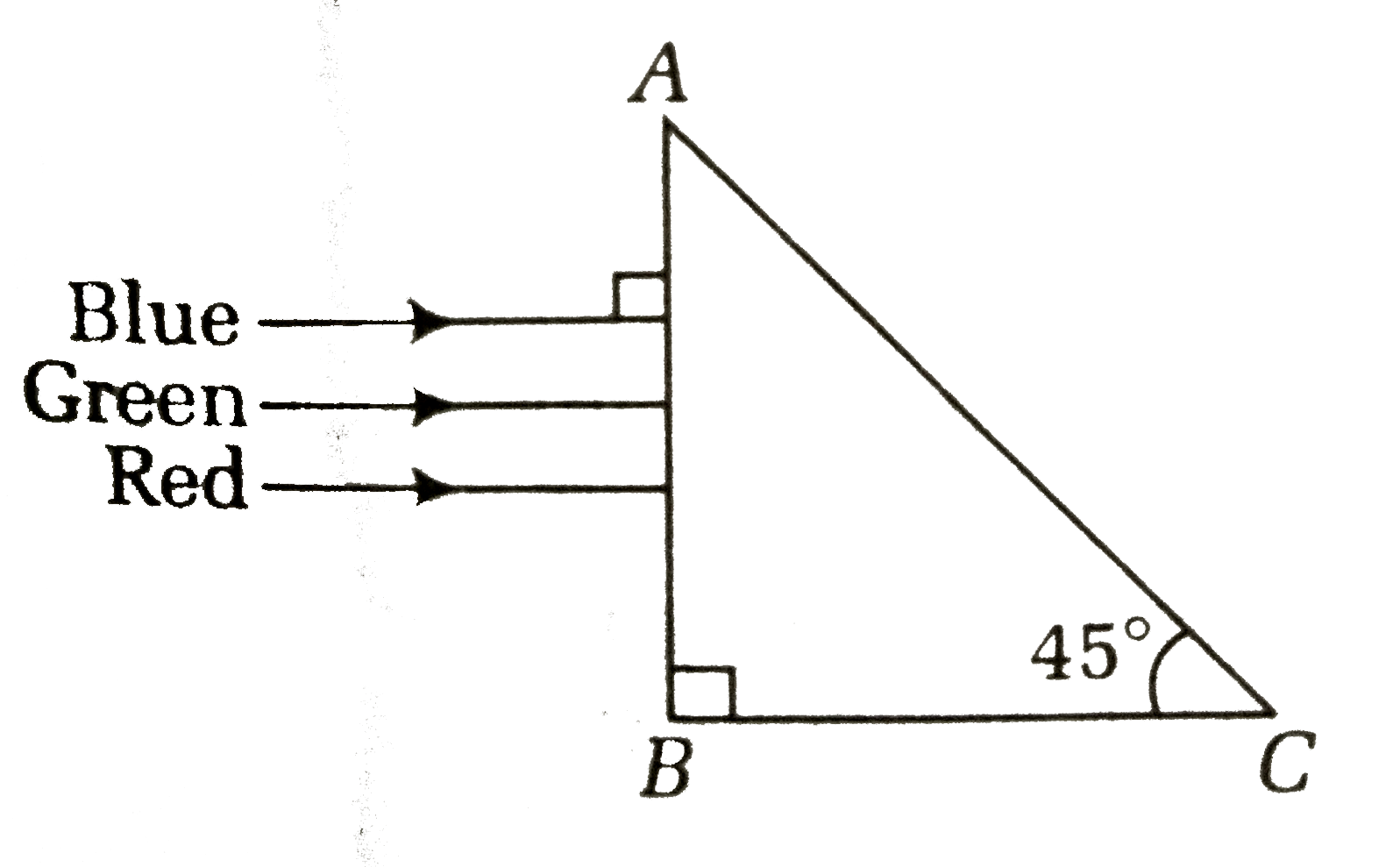 View Solution
View SolutionA beam of light consisting of red, green and blue colours is incident on a right angled prism. The refractive index of the material of the prism for the above red, green and blue wavelengths are 1.39, 1.44 and 1.47, respectively.
 View Solution
View SolutionA beam of light consisting of red, green, and blue colors is incident on a right-angled prism. The refractive indices of the material of the prism for the above red, green and blue wavelengths are 1.39, 1.44 and 1.47, repectively. The prism will
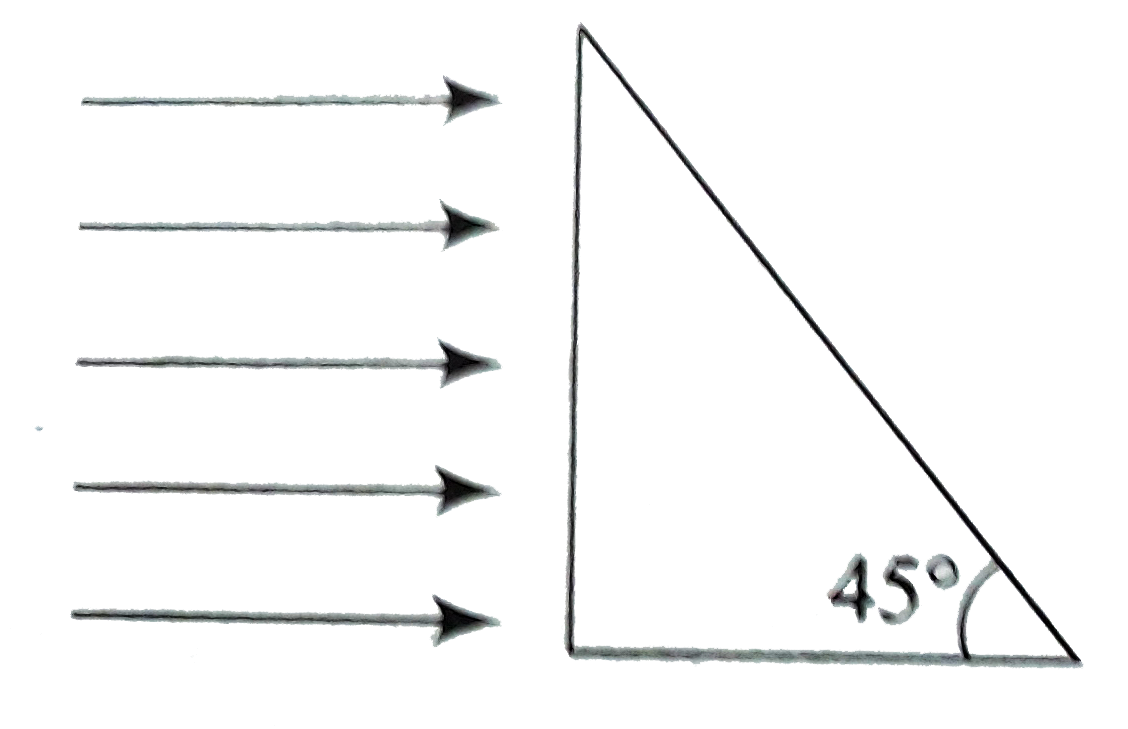 View Solution
View SolutionA beam of light consisting of red, green, and blue colors is incident on a right-angled prism. The refractive indices of the material of the prism for the above red, green and blue wavelengths are 1.39, 1.44 and 1.47, repectively. The prism will
 View Solution
View SolutionA beam of light consisting of red, green and blue colours is incident on right angled prism. The refractive indices of the material of the prism for the above red, green and blue wavelengths are 1.39,1.44and1.47 respectively. The prism will.
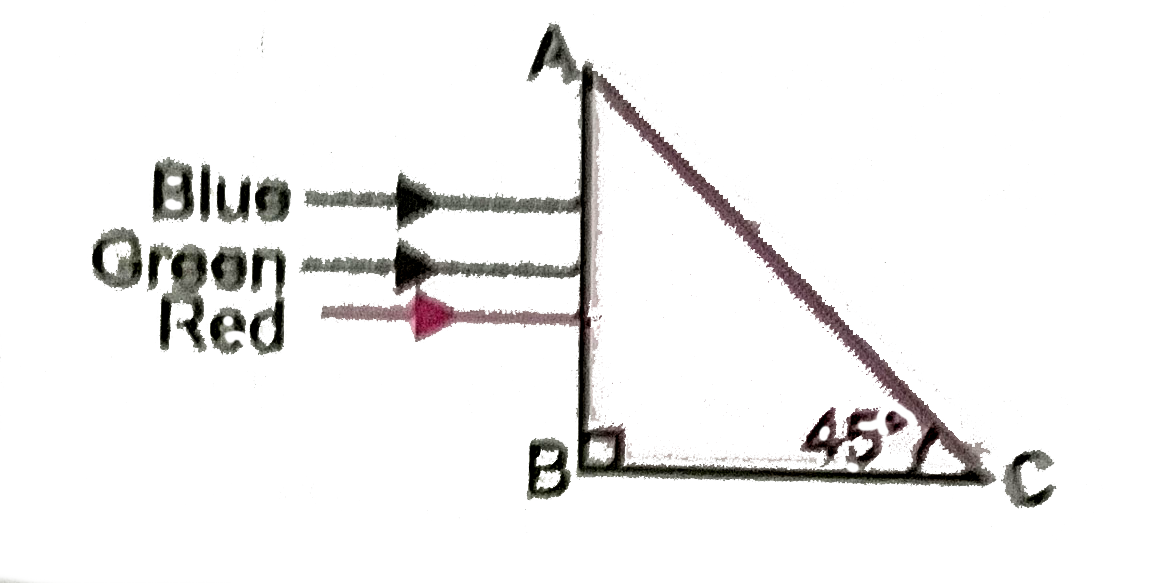 .View Solution
.View SolutionA beam of light consisting of red, green and blue and is incident on a right angled prism. The refractive index of the material of the prism for the above red, green and blue wavelengths are 1.39, 1.44 and 1.47 respectively. The prism will :
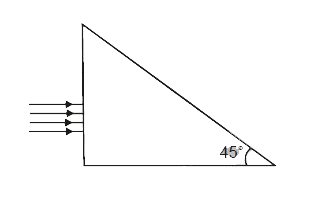 View Solution
View SolutionThree rays of light, namely red (R), green (G) and blue (B) are incident on the face PQ of a right angled prism PQR as showns in the figure.
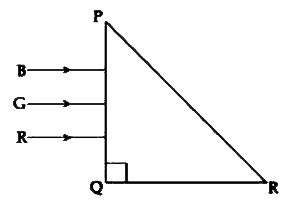
The refractive indices of the material of the prism for red green and blue wavelength are 1.27, 1.42 and 1.49 respectively. The colour of the ray(s) emerging out of the face PR is:View SolutionThree light rays red (R), green (G) and blue (B) are incident on a right angled prism 'abc' at face 'ab'. The refractive indices of the material of the prism for red, green and blue wavelengths are 1.39 , 1.44 and 1.47 respectively. Out of the time three which colour ray will emerge out of face 'ac' ? Justify your answer. Trace the path of these rays after passing through face 'ab'
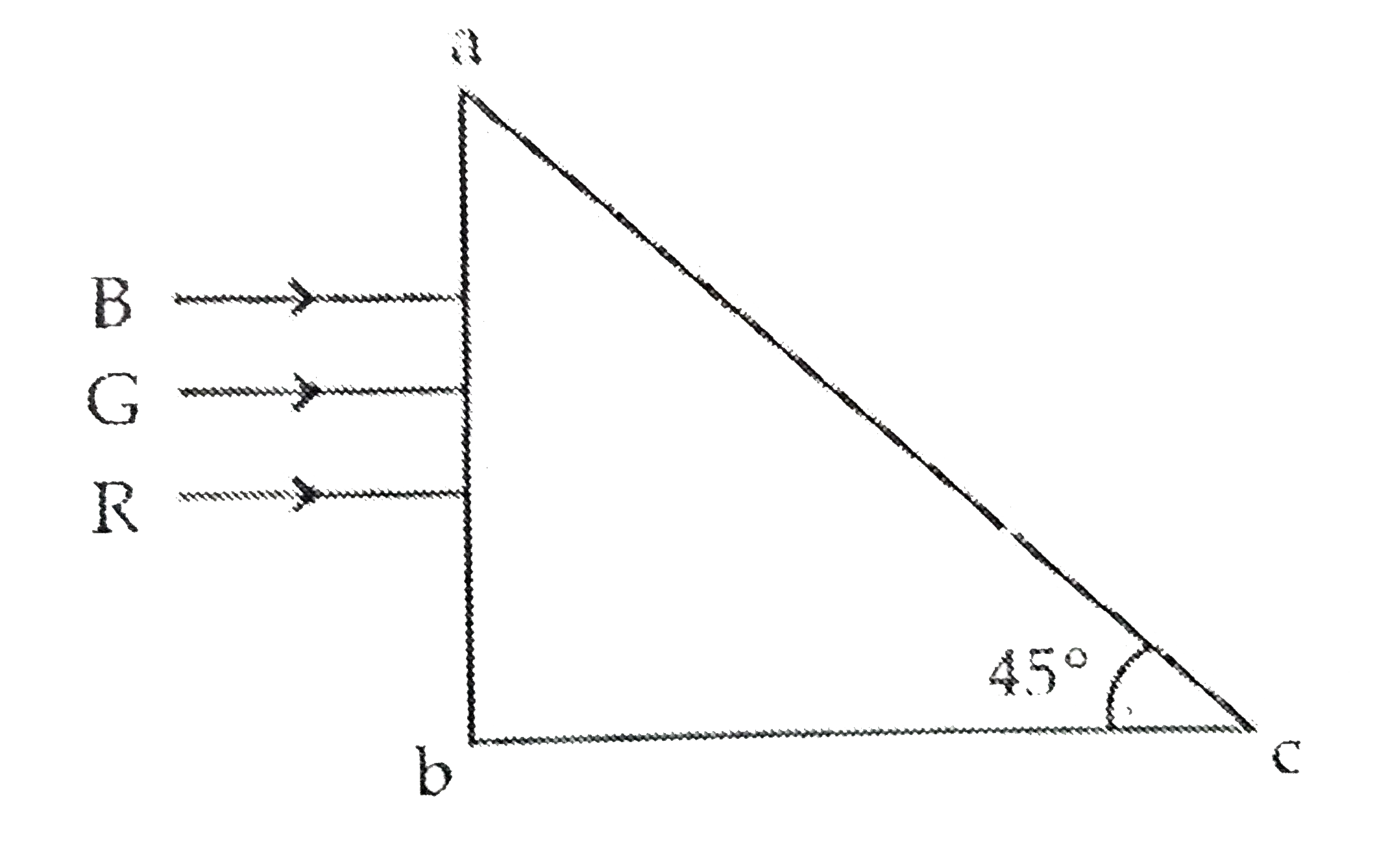 View Solution
View SolutionThree light rays red (R), green (G) and blue (B) are incident on a right angled prism 'abc' at face 'ab'. The refractive indices of the material of the prism for red, green and blue wavelengths are 1.39 , 1.44 and 1.47 respectively. Out of the time three which colour ray will emerge out of face 'ac' ? Justify your answer. Trace the path of these rays after passing through face 'ab'
 View Solution
View SolutionState the conditions of total internal reflection. Refractive indices of the given prism material for Red, Blue and Green colors are respectively 1.39, 1.48 and 1.42 respectively. Trace the path of rays through the prism.
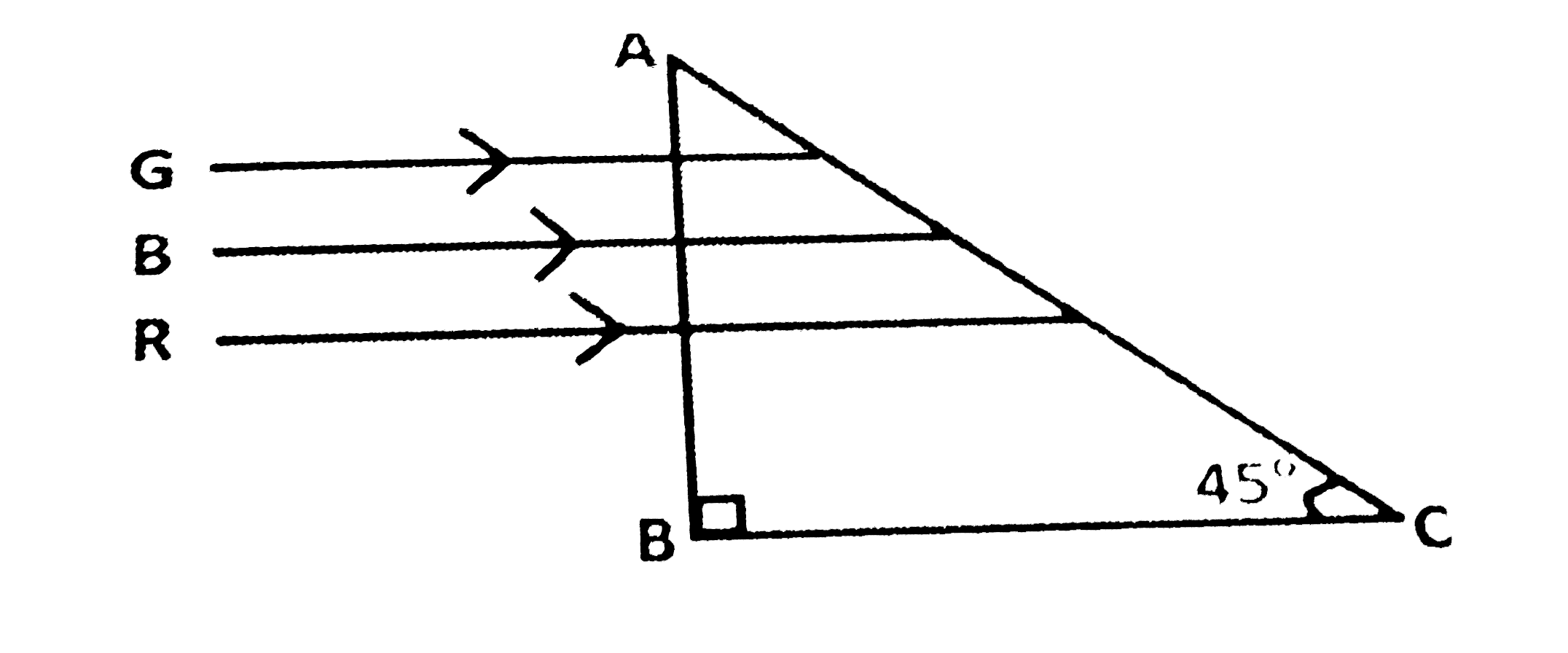 View Solution
View Solution

